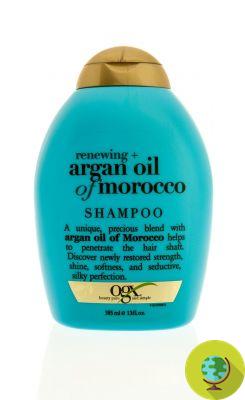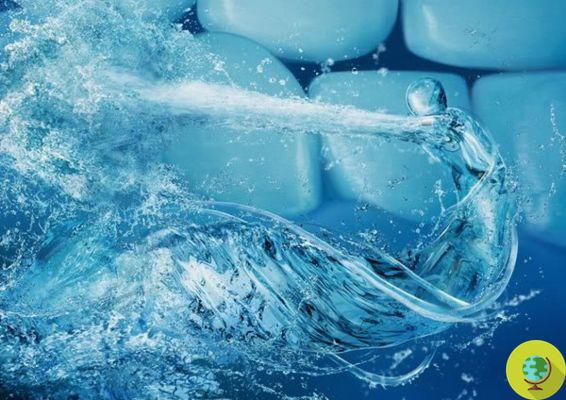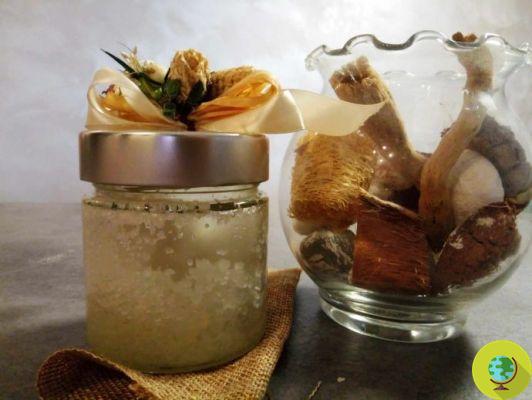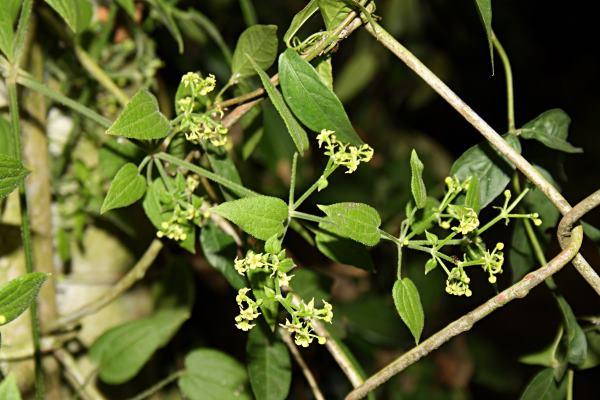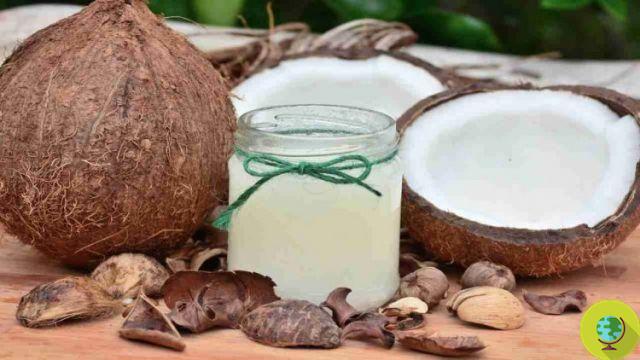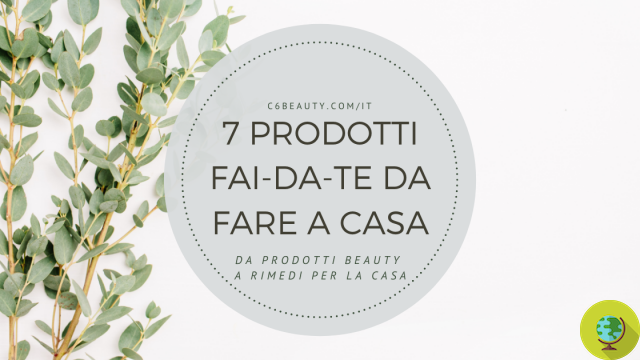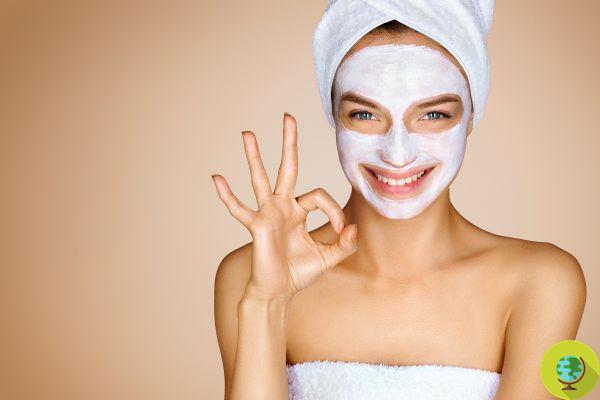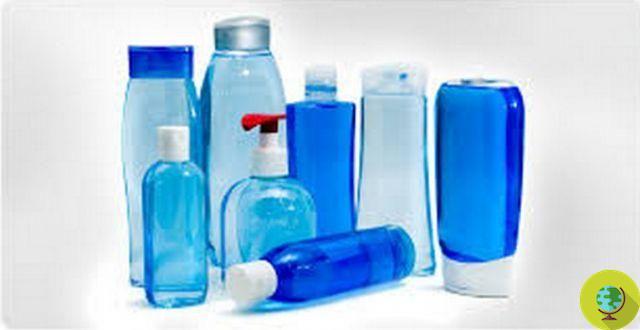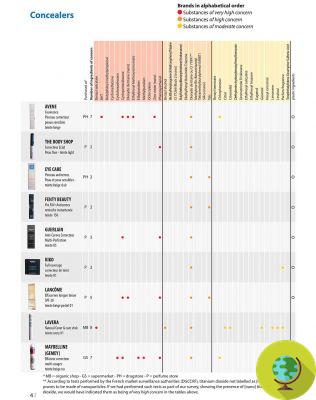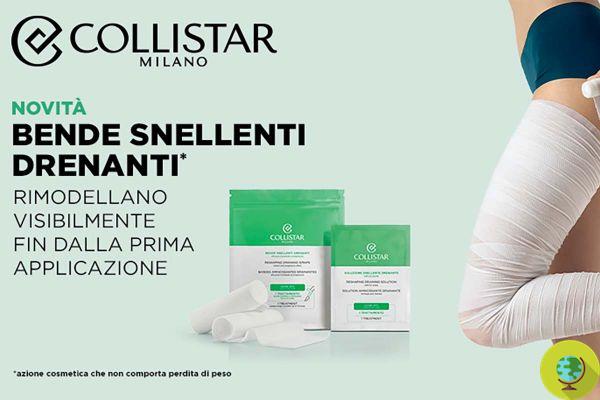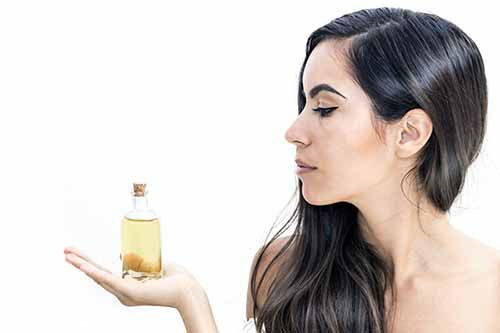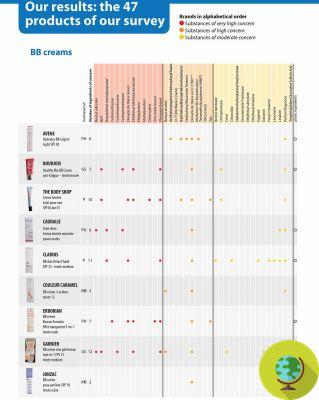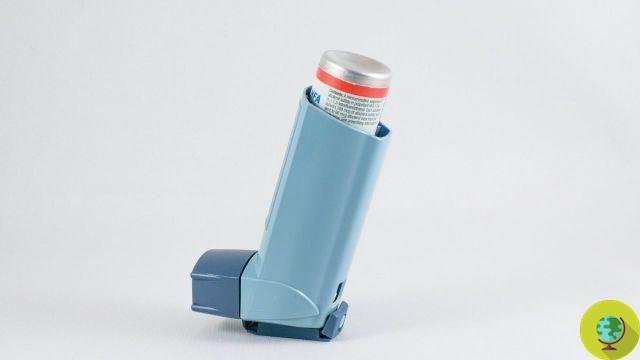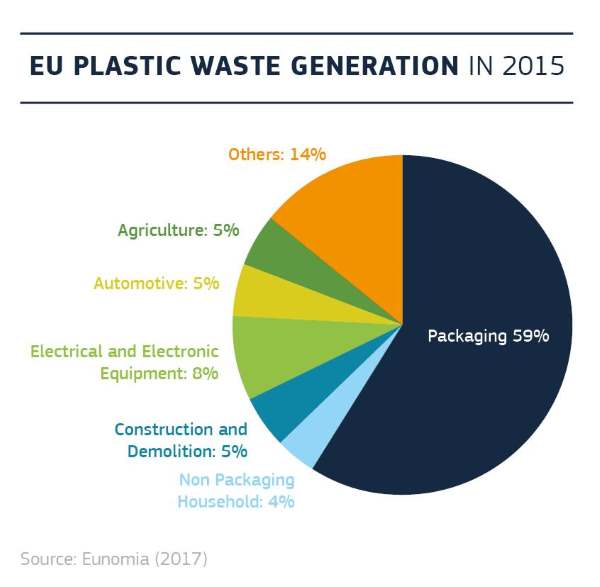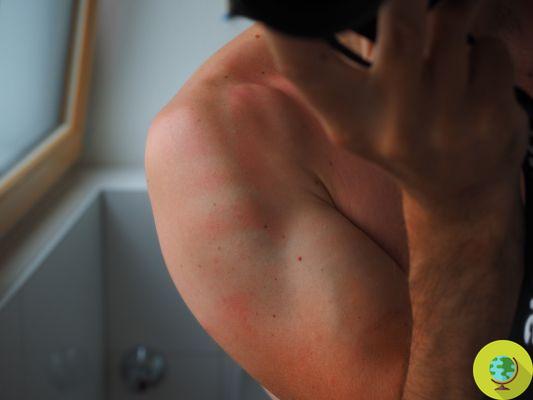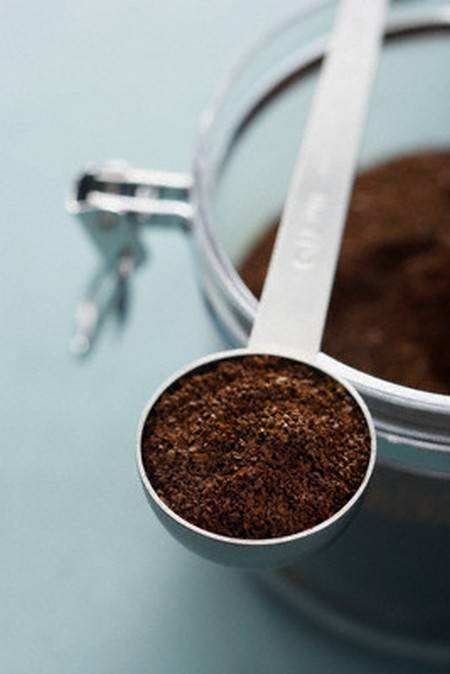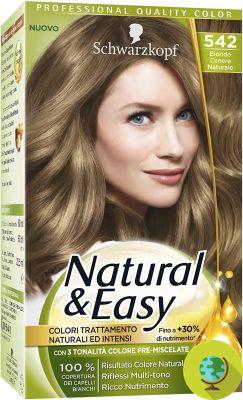INCI, this unknown. How can we understand if the cosmetic product we are about to buy has a composition that respects the environment and our skin?
Don't store avocado like this: it's dangerousPEARL, this stranger. How can we understand if the cosmetic product that we are about to buy presents a composition that respects the environment and our skin? The answer is very simple and consists of'learn to read and decipher INCI (International Nomenclature of Cosmetic Ingredients), the internationally used nomenclature for identify the ingredients present in a cosmetic product as they are indicated in the list on the label that illustrates their composition.
Index
Pay attention to the order of the ingredients
The first rule to know regarding the reading of the INCI is related to thethe order in which the ingredients are presented on the label. In fact, it is by no means accidental and requires the ingredients to be indicated one after the other starting from the substance present in greater quantities in the product. All the other ingredients follow, which are presented in descending order.
Language and nomenclature used for the ingredients
The second important point concerns the language used to name the ingredients. When the substances are listed on the label keeping their Latin name, it means that they have been included in the product formulation as they are, without undergoing chemical modifications. This is the case, for example, of the pure vegetable oils used, which we will therefore see indicated on the label with their Latin name and all the other natural ingredients that have been used for the production of the cosmetic. Latin names refer to botanical ingredients or present in the pharmacopoeia. For example, thesweet almond oil is referred to as "sweet almond oil"".
Artificial dyes
For all other ingredients, the result of chemical synthesis, are used names in English or numerical codes; the latter identify the artificial dyes used within the product and follow the international list called "Color Index“, Which sees the presence of the initials "THERE" followed by a numerical series consisting of 5 digits. Artificial colors are usually indicated towards the end of the list of ingredients on the label. You can check it by taking a look at any common shampoo or package shower gel available at the supermarket.
As for the two products mentioned above, to which we can add the various liquid soaps and detergents for the person, the first ingredient on the labels will usually consist ofwater, referred to as "aqua", which will be followed by the ingredients that perform the function of surfactants and then give him emulsifiers, preservatives, natural extracts (if they are present, with their Latin name), fragrances and dyes.
In products forbody hygiene consisting of a formulation that is as respectful of the environment as possible, the number and quantity of natural extracts present in the wording will probably be greater and it is possible that they are indicated, by means of theaffixing an asterisk, as if from organic farming. Synthetic fragrances, indicated on the label with the simple abbreviation "parfum", will be replaced, for example, by essential oils ("essential oil").
Surfactants
I surfactants of petrochemical origin, such as Sodium laureth sulfate. Sodium lauryl sulfate, and Ammoniun lauryl sulfate, present in common detergents available in supermarkets, will be replaced by surfactants of natural or vegetable origin, such as Coco glucoside, Decyl glucoside and Sodium lauroyl glutamate. In shampoos, shower gels and environmentally friendly detergents are absent silicones such as dimethicone and ingredients such as paraffin (liquid paraffinum).
With regard to face and body creams, a plant-based cosmetic will be recognizable by the presence in majority of ingredients of natural origin, such as oils and butters, indicated by their Latin name, accompanied by natural extracts and essential oils. In them there will be no ingredients such as silicones (with a name usually ending with the suffix "-one") and paraffin; the presence of synthetic fragrances will be limited.
Ingredients to avoid
In general, any cosmetic or personal cleansing product designed to be environmentally and skin friendly it must not contain ingredients such as;
1) Surfactants derived from petroleum refining (Sodium laureth sulfate, Sodium lauryl sulfate, Ammoniun lauryl sulfate e altri).
2) Other ingredients derived from petroleum such as Paraffinum Liquidum, PEG and PPG, Mineral Oil, Petrolatum, unfortunately often also present in products intended for children and babies and in moisturizing creams for the face and body sold in common supermarkets and perfumeries, but also pay attention to products purchased in pharmacy or herbalist's shop. Unwanted ingredients can be hidden behind green lettering and illustrations.
3) Highly polluting ingredients as EDTA, MEA, TEA, MIPA.
4) Highly allergenic ingredients or considered as potential formaldehyde eliminators, among which we find: Triclosan and Imidazolidinyl urea, DMDM Hydantoin, Methylisothiazolinone and Methylchloroisothiazolinone, used as preservatives.
5) Silicones such as Poliquaternium-80, Dimethicone and Amodimethicone, polluting and capable of creating a film on the skin and hair, to make them apparently healthy, but not nourished at all.
The ingredients used in cosmetics are innumerable, but by starting to read the labels of the products you will begin to notice the frequent presence of the substances that are used most often, so that you can begin to memorize them among the components to be preferred or avoided.
In case of doubt, in order to understand if a cosmetic ingredient is to be considered respectful or potentially harmful to the environment or not particularly beneficial for our skin, it is possible consult the Biodictionary, in which over 4000 cosmetic ingredients have been cataloged according to their level of acceptability or you can download the countless apps available that will help you orient yourself in the maremagnum of cosmetic ingredients.
The best apps to read the INCI of cosmetics
Thanks to the apps you will be able to understand in a few moments which ingredients to avoid and which products to leave on the shelf, just by framing the barcode.
- EcoBio Control
- Inci beauty
- Ingred
- Cosmetic scan
- Greenity
- Inch Ok
- Yuka
You may also be interested
- Sun creams, Inci: what to pay attention to on the label to choose the most effective and safe
- Solid shampoo: the best 5 for quality, Inci and price
- Solid toothpaste: the best 5 for quality, inci and price




